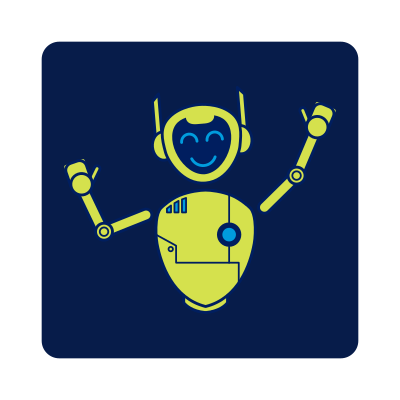What is Microsoft’s AI Builder? Everything You Need to Know
With the popular emergence of Chat-GPT and GPT-4, artificial intelligence (AI) is on everyone’s lips. More than just a fad or buzzword, enterprises are seeing real opportunities for AI’s practical application as it’s rapidly being folded into product suites. More importantly, they’re also seeing the potential for significant returns with AI’s inclusion in new enterprise software.
There’s no better example than Microsoft AI Builder, which is part of Microsoft’s Power Platform. This article provides a detailed overview of Microsoft AI Builder and how your organization can leverage it to become more efficient and reduce costs.
What is Microsoft AI Builder?
Microsoft AI Builder is a lo-code artificial intelligence platform that enables organizations to build AI models and find profound insights in a company’s data. This solution aims to make processes faster and more efficient, predict outcomes, and improve performance.
What are the Benefits of Using Microsoft AI Builder?
In a nutshell, Microsoft AI Builder enables the average business user to do what a team of traditional data scientists, business analysts, and highly-skilled developers would do: find insights in a mountain of data to create accurate forecasts, improve processes, and improve a business’s overall performance by achieving critical business goals.
More specifically, it enables users to use AI to:
- Process forms – it can be used to extract data from documents much faster, more efficiently, and without the risk of introducing errors when compared to manual means.
- Detect objects – locate and identify objects in images.
- Recognize text – extract text from images using AI technology like OCR (optical character recognition).
- Analyze sentiment – analyze the sentiment of any given text.
- Translate languages – translate text between various languages.
- Predict outcomes – use historical data and machine learning to predict outcomes.
How Does Microsoft AI Builder Work?
Microsoft AI Builder connects to your organization’s data sources with a library of over 500 connectors that naturally includes Microsoft’s suite of products like Microsoft 365, Dynamics 365, and Azure.
Once connected, Microsoft AI Builder applies artificial intelligence, such as machine learning and cognitive services, to write data outputs back to the Dataverse without having to do any coding. The AI added to your flows then provides predictions for all your connected applications across the Microsoft Power Platform.
Examples of AI Models You Can Build with Microsoft AI Builder
The average business user can use Microsoft AI Builder to design and implement a wide array of AI models that boost productivity and efficiency. Some common AI models and examples of real-world use cases include:
Processing Forms
One of the most common RPA (robotic process automation) use cases is automating invoice processing. Microsoft’s AI Builder also delivers the ability to automate the processing of forms like invoices attached as PDFs in an email.
Text Recognition
This AI model uses OCR to identify and process text in images such as scanned documents. A good example of employing text recognition is processing resumes for HR purposes or adding signed legal documents to your databases.
Object Recognition
Object recognition identifies and processes objects found in images. Real-world applications include optimizing inventory management by processing images instead of relying on manual efforts. Another familiar example is the technology fueling self-driving cars. Object recognition is used to differentiate stop signs from other traffic symbols.
Outcome Prediction
Using historical data, Microsoft AI Builder can analyze large volumes of information to provide predictions about the future using binary prompts like yes/no. An example where predictive analytics is used is media streaming services or even retail recommendation suggestions based on a user’s history like previous purchases.
Category Classification
Category classification identifies patterns in language and can categorize content according to things like sentiment. An example of category classification is routing customer requests to the appropriate representatives of your organization or detecting spam.
How Can You Get Started with Microsoft AI Builder?
Companies that are ahead of the curve are aggressively adopting citizen development to enable their business users to build applications to increase productivity, efficiency, quality, and engagement.
Adopting and applying Microsoft AI Builder is another example of expanding automation beyond just RPA and the rest of the Microsoft Power Platform. Lo-code/no-code technology is driving and accelerating digital transformations for a myriad of organizations around the world. Those who are early adopters will benefit the fastest and most.
The Microsoft Power Platform – which boasts AI Builder as one of its marquee solutions – has an incredibly low barrier for entry. AI Builder even has a free trial version, which you can access here to start building out your very own AI models.
Share this
Recent Stories

What is Microsoft Copilot? Everything You Need to Know

Microsoft Power Automate: How Microsoft’s History Predicts Future Success

